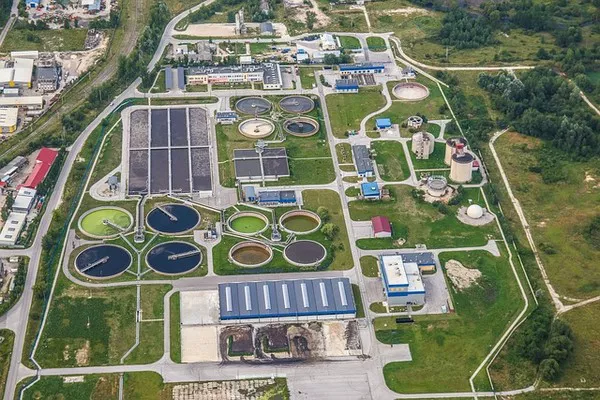In the realm of urban development and infrastructure, sewage treatment plants (STPs) play a pivotal role in ensuring the sustainable management of wastewater. As cities continue to grow and populations increase, the effective treatment of sewage becomes imperative to safeguard public health, protect the environment, and promote overall well-being. This article delves into the meaning of sewage treatment plants, their importance, and the processes involved in turning wastewater into a resource.
Defining Sewage Treatment Plants
Sewage treatment plants are facilities designed to treat and process wastewater generated from various sources, including residential, commercial, and industrial activities. The primary goal of these plants is to remove pollutants, contaminants, and disease-causing microorganisms from sewage before releasing the treated water back into the environment or recycling it for non-potable purposes.
The Importance of Sewage Treatment
Public Health Protection
One of the foremost reasons for sewage treatment is to protect public health. Raw sewage contains harmful pathogens, bacteria, and viruses that can cause waterborne diseases, posing a significant risk to human health if not adequately treated. Sewage treatment plants effectively eliminate or reduce these contaminants, ensuring that the water released is safe for human contact and prevents the spread of waterborne illnesses.
Environmental Conservation
Uncontrolled discharge of untreated sewage can have severe environmental consequences. It contaminates water bodies, depletes oxygen levels, and harms aquatic ecosystems. Sewage treatment plants play a critical role in preserving water quality, protecting aquatic life, and maintaining the ecological balance of rivers, lakes, and oceans. The treated water can be safely reintroduced into natural water bodies without causing harm to the environment.
Resource Recovery
Sewage treatment plants are not just about waste disposal; they are increasingly becoming hubs for resource recovery. Through advanced treatment processes, valuable resources such as nutrients (nitrogen and phosphorus) and biogas can be extracted from sewage sludge. These resources can be repurposed for agricultural use as fertilizers or as a renewable energy source, contributing to a more sustainable and circular economy.
The Processes Involved in Sewage Treatment
1. Preliminary Treatment
The sewage treatment process begins with preliminary treatment, where large debris, grit, and solids are removed. This step helps protect downstream equipment from damage and facilitates the subsequent treatment processes.
2. Primary Treatment
During primary treatment, the wastewater is allowed to settle in large tanks, allowing heavier solids to settle at the bottom as sludge. The clarified liquid, known as primary effluent, is then moved to the next stage for further treatment.
3. Secondary Treatment
Secondary treatment focuses on biological processes to further remove dissolved and suspended organic matter. Microorganisms are introduced to break down the remaining organic compounds. Common methods include activated sludge processes and trickling filters, which enhance the removal of pollutants and promote the growth of beneficial bacteria.
4. Tertiary Treatment
In some cases, a tertiary treatment step is employed to achieve a higher level of purification. This stage involves additional processes to remove specific contaminants, including nutrients, pathogens, and residual chemicals. Tertiary treatment ensures that the treated water meets stringent quality standards before discharge or reuse.
5. Sludge Treatment
The sludge produced during the treatment processes undergoes separate treatment to reduce its volume and make it suitable for disposal or beneficial reuse. Techniques such as anaerobic digestion, dewatering, and incineration are employed to manage sewage sludge effectively.
Technological Advancements in Sewage Treatment
As technology continues to advance, sewage treatment plants are adopting innovative approaches to enhance efficiency and reduce environmental impact. Membrane bioreactors, advanced oxidation processes, and decentralized treatment systems are among the cutting-edge technologies being integrated into modern sewage treatment facilities.
See Also: What Happens In A Wastewater Treatment Plant?
Conclusion
Sewage treatment plants are integral components of urban infrastructure, safeguarding public health, preserving the environment, and supporting sustainable resource management. As urbanization continues to accelerate, the role of these facilities becomes increasingly vital in ensuring that wastewater is treated to the highest standards before being released back into the environment or repurposed for beneficial use. By understanding the meaning and significance of sewage treatment plants, society can better appreciate the importance of responsible wastewater management in creating healthier and more sustainable communities.


